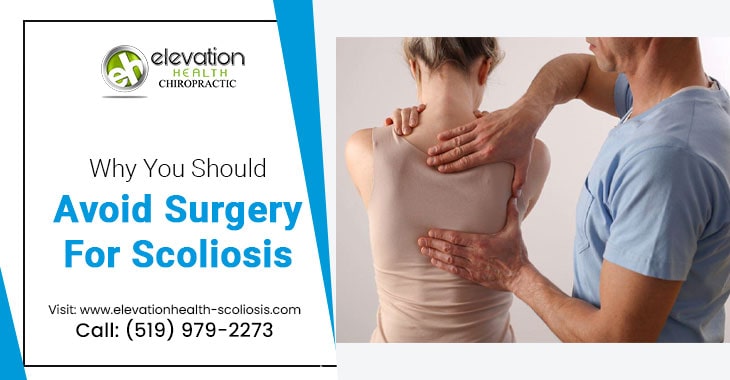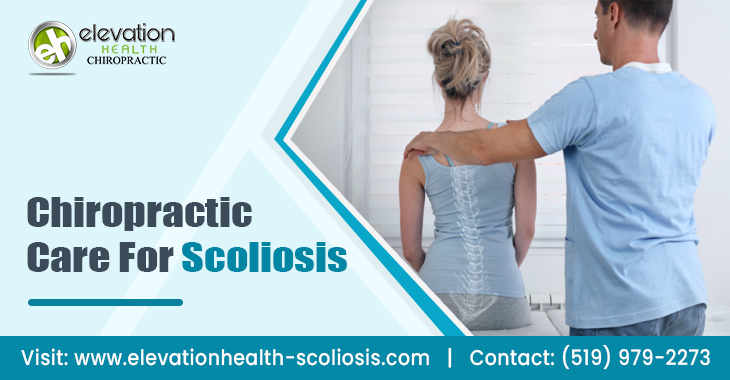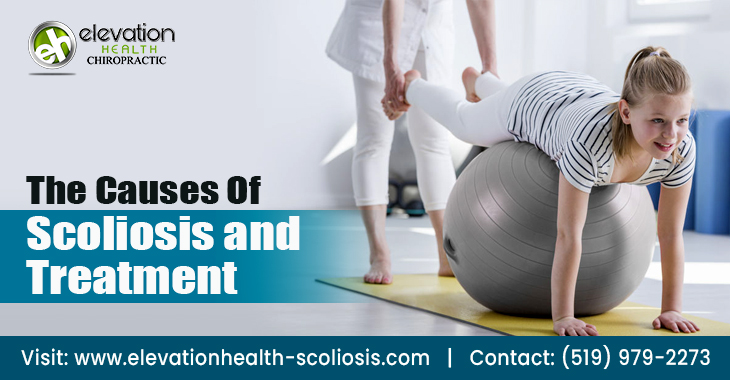
Millions of people worldwide suffer from scoliosis, characterized by an abnormal curvature of the spine. Even though severe cases could necessitate surgical intervention, pursuing non-invasive methods before invasive ones is crucial. Chiropractic Care has gained immense popularity as a non-invasive treatment of scoliosis. Though it can not cure scoliosis, it effectively alleviates pain and discomfort associated with scoliosis. Get the best Chiropractic Care from Nantais Family Chiropractic at Elevation Health, Canada.
Dr Brian Nantais, a skilled and licensed chiropractor at Elevation Health, can help people ease their scoliosis pain through proper chiropractic adjustments. If you want a non-invasive treatment, reach out to our Nantais Family Chiropractic for the best Chiropractic Care.
This blog will discuss the reasons to avoid surgery for scoliosis and explore non-surgical approaches that can effectively manage the condition.
Scoliosis surgery has inherent risks and potential problems, much like any surgical technique. These include potential infection, bleeding, nerve injury, blood clots, and unfavourable anesthetic reactions. Even though these hazards are uncommon, they should be considered when comparing treatment alternatives, particularly for people with mild or severe scoliosis.
Scoliosis surgery frequently necessitates a protracted healing process, including a hospital stay, immobilization in braces or casts, and physical therapy. Recovery may interfere with everyday activities and routines and be physically and emotionally taxing. Non-surgical options may provide a less intrusive and quicker recovery, enabling people to return to regular activities more quickly. Choose Chiropractic Care, a non-surgical treatment, from Dr Brian Nantais at Elevation Health, Canada.
Surgery to treat scoliosis frequently entails spinal fusion, in which the vertebrae are joined to straighten the curve. It may slow the curvature’s advancement but also restricts the fused spinal segments’ range of motion and flexibility. This limited range of motion may make it difficult to bend, twist, or participate in some sports or physical activities. Non-surgical methods can assist in retaining spinal mobility, enabling people to work more effectively.
The bodies of children and teenagers with scoliosis are still growing and developing. Early surgery can disrupt a child’s normal growth cycle and alter the spine’s symmetry as they age. In order to allow the spine to develop as naturally as possible, scoliosis can be effectively managed during the growth phase with non-surgical methods, including bracing and targeted workouts.
New non-surgical scoliosis treatments have produced encouraging outcomes. Chiropractic Care, physical treatment, targeted exercises, and bracing methods can reduce pain from scoliosis, strengthen supporting muscles, and help with posture.
Surgery for scoliosis can have a negative psychological effect, especially on children and teenagers. It could result in self-esteem, mental stress, and body image issues. Non-surgical methods that emphasize holistic care allow patients to take an active role in their care and keep a positive view of their situation.
While severe scoliosis cases may require surgery, people with mild to moderate scoliosis should consider non-surgical treatment options carefully. These non-invasive methods provide tailored treatment options, effective management, fewer risks, quicker recovery, and preserved spinal mobility. If you want to choose Chiropractic Treatment as a non-surgical approach to treat scoliosis, please reach out to Dr Brian Nantais from Nantais Family Chiropractic at Elevation Health, Canada.

